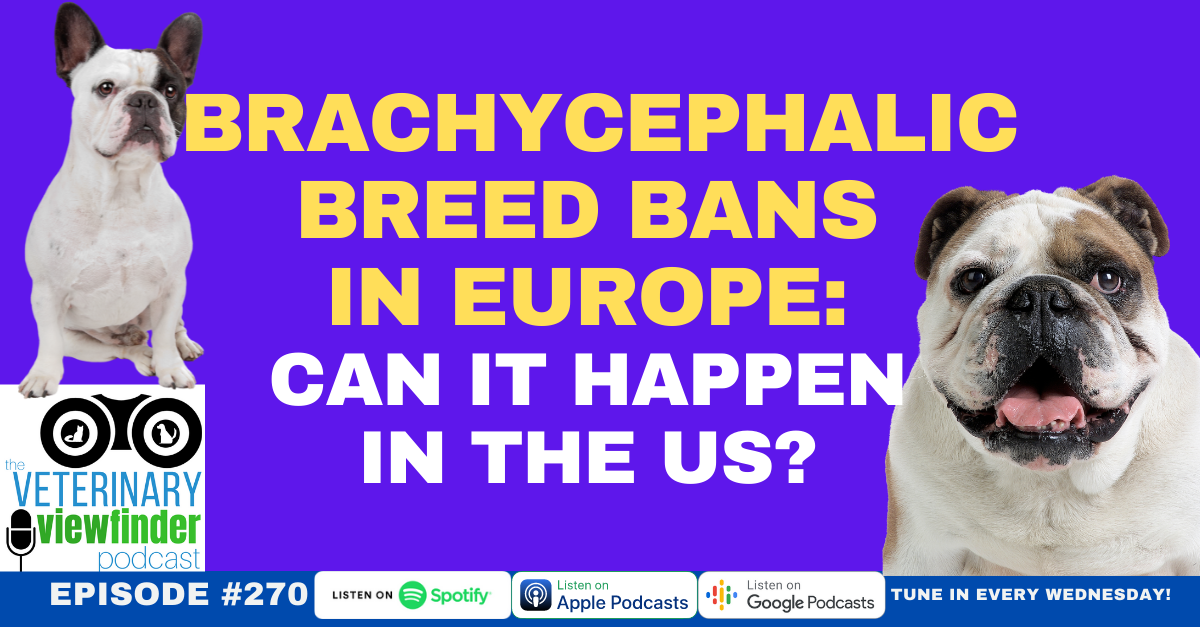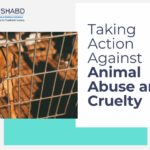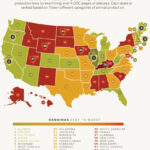In the contemporary landscape of dog breeds, few are as endearing yet controversial as pugs. With their wrinkled faces, short snouts, and bulbous eyes, they captivate hearts worldwide. However, beneath the surface of their undeniable charm lies a more somber reality—one that raises critical ethical questions about the existence and propagation of brachycephalic breeds. Are pugs, along with their flattened-faced counterparts, victims of animal cruelty by design? This inquiry delves into the intersection of aesthetics, genetics, and welfare, revealing a multi-layered narrative that is essential to understanding the implications of our choices as pet owners and breeders.
The fascination with pugs and other brachycephalic breeds can be attributed to societal preferences for certain physical traits. Their unique appearance elicits a nurturing response, leading potential pet owners to view them as both adorable companions and status symbols. The pug’s compact size and affable demeanor make them attractive additions to many households, embodying a paradox where their desirability often overshadows their inherent health risks. Yet, as the demand for such breeds escalates, so too do the ethical dilemmas surrounding their breeding practices.
Most striking is the fact that the physical characteristics deemed desirable by breeders often come at a significant cost to the animals’ health. Brachycephaly—an abnormality characterized by a short skull—leads to a variety of health complications. These can include brachycephalic obstructive airway syndrome (BOAS), dental issues, and ocular problems. The pug’s anatomy, with its constricted nostrils and elongated soft palate, presents challenges that can severely impact its quality of life. The struggle for air, particularly in hot weather or during vigorous activity, poses serious health risks that are often overlooked in favor of aesthetics.
When considering the implications of breeding programs designed to amplify these traits, it is vital to engage in a critical examination of our ethical responsibilities as stewards of animal welfare. The prioritization of physical appearance over health leads to a troubling paradox: what constitutes “cutest” or “most desirable” often translates to “most susceptible to suffering.” This design of cruelty by preference places breeders and consumers alike in a precarious moral predicament, leading to the question—are we complicit in condoning animal suffering through our choices?
Enthusiasts of pugs may argue that advancements in veterinary medicine can mitigate many of the health risks associated with brachycephalic breeds. While it is true that medical interventions can provide relief for suffering animals, this perspective does not absolve us from the responsibility of preventing the problem’s inception. Treating symptoms, rather than addressing the root causes of these health issues, ultimately allows the cycle of suffering to perpetuate.
The ethical implications extend beyond the scope of individual pet ownership and into the realm of breeding practices. Many breeders remain focused on adhering to established breed standards that emphasize physical characteristics over overall health. This allegiance to appearance perpetuates a culture wherein health concerns take a backseat to marketability, fostering an environment conducive to the suffering of these animals. Consequently, the breed standard becomes a tool of oppression, rather than a guideline for fostering healthy canine companions.
Furthermore, the marketing of brachycephalic breeds taps into deeply ingrained societal ideals that often equate certain physical traits with attributes such as cuteness and companionship. This perpetuates a cycle in which the demand for specific breeds intensifies, driving breeders to make reckless decisions in pursuit of profit. Consequently, the very notion of compassion becomes entangled with consumerism, where ethical considerations are overshadowed by market dynamics.
As dog lovers and advocates begin to recognize the inherent issues with brachycephalic breeds, grassroots efforts aimed at raising awareness abound. Organizations have emerged, dedicated to educating the public about the risks associated with these dogs and advocating for more responsible breeding practices. Their mission often includes lobbying for regulations that prohibit breeding practices that prioritize appearance at the expense of health—a step toward acknowledging the dogs’ welfare as a priority rather than a secondary consideration.
The decision to adopt a pug or any brachycephalic breed should not be made lightly. Individuals are urged to research thoroughly, weigh the potential health implications, and consider the ethical dimensions. Adoption from rescue organizations that prioritize the welfare of the dogs over their appearance can be a prudent alternative. Many breeds find themselves in shelters due to the very challenges discussed above, and these dogs often require loving homes that can provide them with the understanding and care they deserve.
In conclusion, while pugs are undoubtedly beloved companions, the question remains as to whether they are victims of animal cruelty by design. The culture surrounding brachycephalic breeds compels us to confront uncomfortable truths about our aesthetic preferences and their consequences. To amend this narrative, a collective reevaluation of breeding standards, consumer choices, and ethical considerations is imperative. This pivotal juncture in the history of dog breeding calls for an urgent shift toward compassion—a move that prioritizes the health and happiness of our canine companions over fleeting trends in appearance. As we navigate these ethical waters, it is crucial we advocate for the policy changes needed to ensure all dogs, including pugs, receive the quality of life they inherently deserve.








